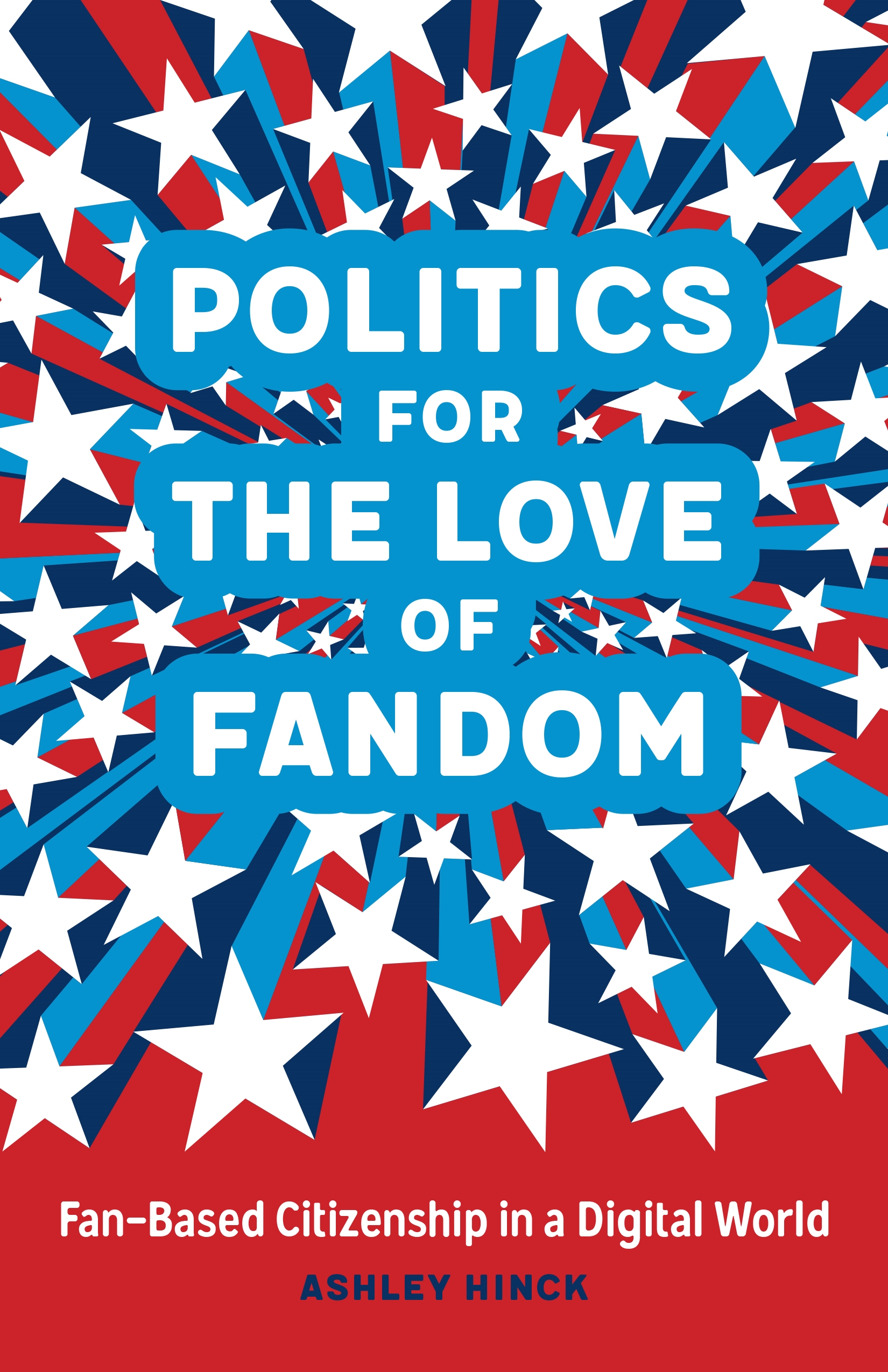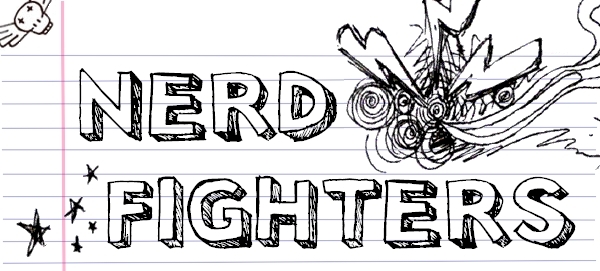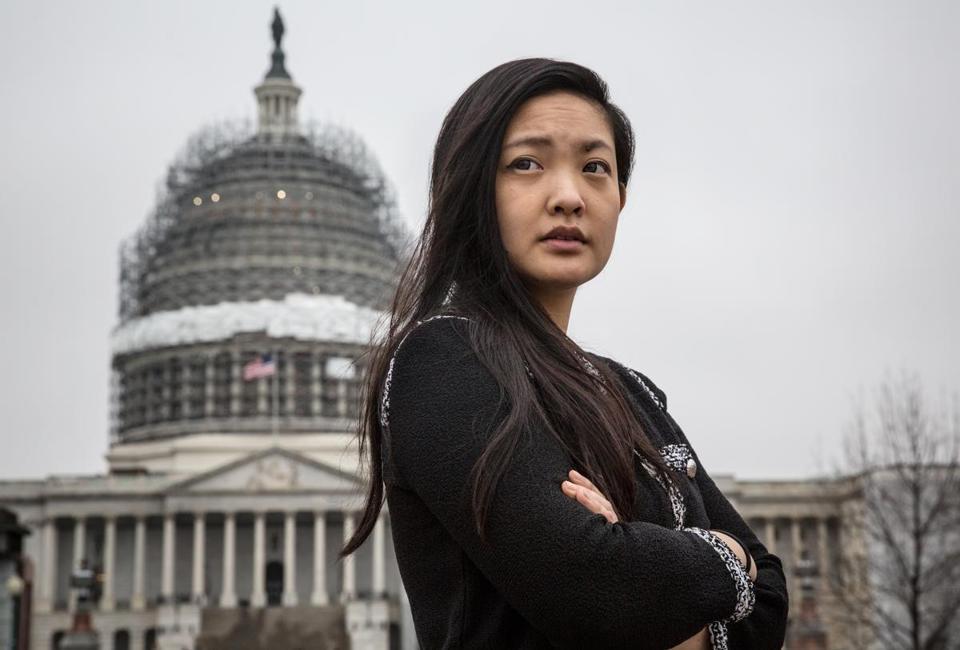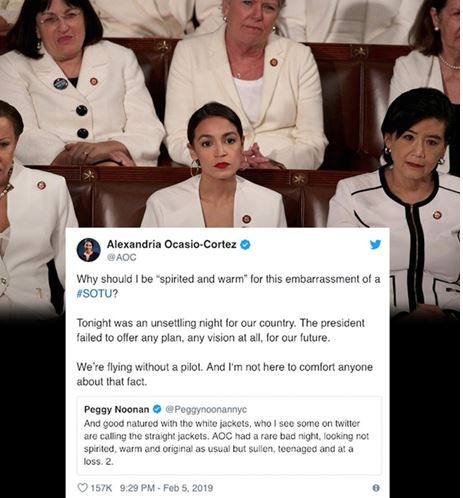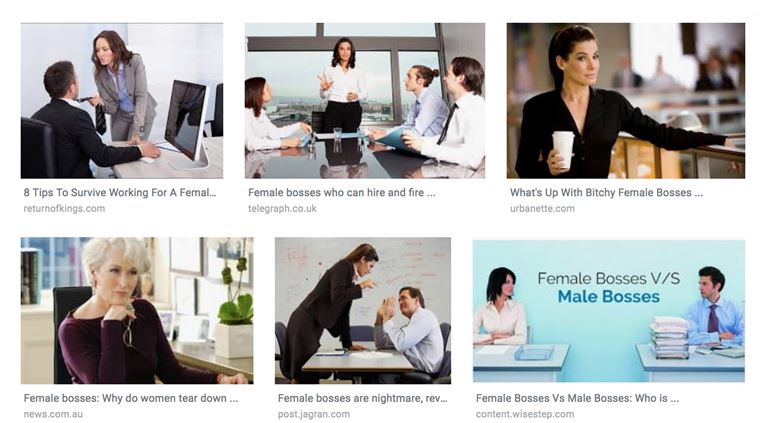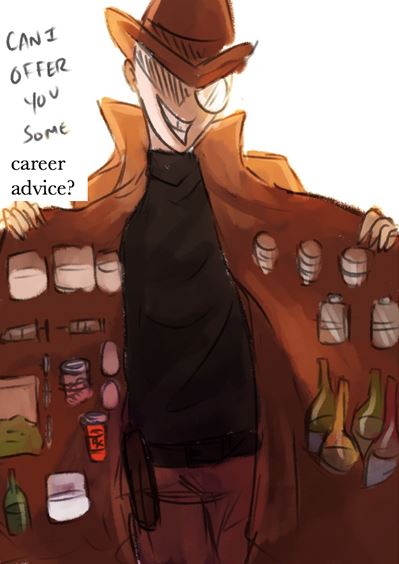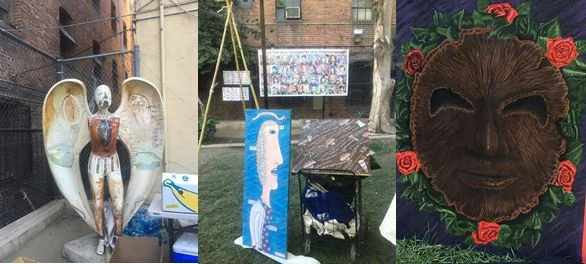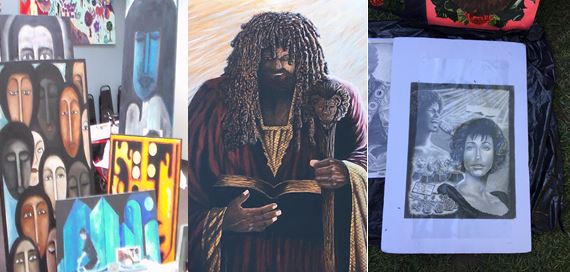Participatory Politics in an Age of Crisis: Andrew Schrock & Moritz Fink (Part I)
/Opening Statements
Andrew
I’m quite excited for this discussion! Like quite a few participants, I started in Civic Paths after Henry started at USC. Our research group was a vibrant, exciting free trade zone of ideas. It drew my attention to ideas about participation and organizing, themes that inspired me and I explored more deeply in my post-doctoral fellowship. These days, after writing a book on the nascent “Civic Tech” movement, I research and write about organizing around technology design in the public sector. The groups I’m working with are either non-profits, work within government, or collaborate with the local community. Often, they participate in improving government or providing new paths for collective action through technology design and development. In the process, they have to do all the usual organizational things: mobilize participation, build partnerships, and lead collaborative projects around social problems. To me, the crucial question is how they might bolster existing civic institutions using infrastructural politics, and result in better outcomes for people in need.
To me, the biggest recent development is the increased role of media technologies in politics. Like many communication scholars, the platforms that captivated me during my early career (particularly Facebook) have been dubious stewards of the public good. For example, Siva Vaidhyanathan has written about how Facebook exacerbates inequality, and Safiya Noble critiques the way online search engines represent Black women. These critiques are well-founded and necessary, revealing a close alignment between platforms and politics. However, I also worry that the reason technology companies hold so much power is we have failed as a society to create alternatives in the public sector. The response when I mention “public sector technology design” to my friends is often utter confusion. There is no collective idea of democratic institutions for technology, in the same sense that there is for media (e.g. “public broadcasting”). Trump also takes up so much political attention that I worry we might miss the extremely mundane and less sensationalist stories about organizing and slow, deliberate institutional change that is happening on a different timeline.
Personally speaking, several questions from Civic Paths, as filtered through the last few years, still inform my own work. First, we are in an era defined by “#resistance.” This should draw our attention to the question: how do we think about resistance? Many of the geeks I research are working inside government to make services more equitable for low-income Americans, and improve the alignment between policy-making and technology design. Their “resistance” takes the form of collaboration within institutions, rather than adversarial efforts to change them from the outside. They are what Debra Meyerson refers to as “tempered radicals” – people with deeply-held social values who use communication strategies to slowly shift organizations to be more equitable and inclusive. For me, tempered radicalism is a helpful way to think about resistance: as an organizational process led by people with deep personal convictions.
Finally, Civic Paths’ ongoing research on the civic imagination draws attention to how participation is driven by hopes for a better world. To add a bit to this idea, since the sad recent passing of Erik Olin Wright, I’ve been returning to his writing on “real utopias.” Technology has an admittedly fraught relationship with utopianism. Critical scholars are right to point out how promises about technology are often made by hucksters with something to gain. Still, I enjoy Wright’s scholarship because it positions change as a progressive effort achieved through conscious work on tangible projects that slowly change institutions to be less capitalist, rather than a purely Marxist position of radical upheaval. Our attention should still be placed about how hope circulates through ideas that give shape to possible worlds.
Mo
Thanks, Andrew! It’s exciting to learn about your trajectory as both a scholar and an advocate of civic media usage, as we’re taking part in this virtual conversation series. As for myself, I’ve got a German academic background. I studied American Studies at the University of Munich, where I also completed my PhD, with a strong emphasis on cultural and media studies. I got to know Henry Jenkins’s work, as well as himself in person, roughly 10 years ago, when I was working on my dissertation about the cultural meaning of the TV series and media phenomenon The Simpsons. What still fascinates me is Henry’s way of viewing alternative cultural traditions not necessarily in opposition to mainstream culture – completely unlike the dichotomous model that used to dominate the scholarly discourse about popular culture as I had known it.
That subcultural elements and what we associate with mainstream culture can coexist, and even converge, is what I find perfectly reflected in The Simpsons’ legacy of 30+ years of popular satire. This can be said for the show itself in that the political and aesthetic properties of a multibillion-dollar entity might originally have been understood as critical in relation to the dominant capitalist culture. However, it is even more true that The Simpsons has entered the realm of participatory culture, providing a yellow utopia that so many people can relate to.
Sarah Banet-Weiser has argued that the cultural ambiguity inherent to media brands such as The Simpsons reflects a neoliberal logic that is neither purely oppositional nor purely conformist. Often enough, both dimensions will characterize a certain pop culture product. And it would be way too easy to simply equate this with “cooptation” or “incorporation” in a post-Marxist sense. Notoriously, The Simpsons envisioned a female President of the United States of America named Lisa Simpson following a profligate President Trump (weirdly enough, in an episode aired years before Trump ran for office). That way the show’s political humor fueled the imagination of millions of viewers, many of whom speak out against Trump (actually I wonder if there are any Trump supporters among Simpsons fans).
That Trump is not The Simpsons’ president was corroborated by a series of promo-clips ridiculing the presidential figure by showing him in his nightdress and exposing Trump’s signature head of hair as a toupee. The Simpsons, in other words, has become a shared point of reference for the anti-Trump camp, while at the same time, the show’s ties to Fox television and, ultimately, to the Trump-supporting Fox News channel seems totally irritating. Needless to say such contradictions have characterized The Simpsons since the series’ inception, it’s striking how satire TV and other pop culture venues increasingly participate in the real-world political discourse.
If there ever has been a firm division between “resistance” and “the system” – subordinate vs. dominant cultural forces – this line has gotten increasingly difficult to draw in the digital age. In fact, most of us align with “the system” by subscribing to media conglomerates such as Facebook or Twitter. But at the same time, these commercial communication platforms offer new possibilities of amplifying voices of criticism and dissent.
For example, when Trump came into office and ordered government officials to belittle mention of climate change issues, some National Parks Service staff demonstrated dissent through Twitter. It connects to what you, Andrew, just referred to as “tempered radicalism” when NPS Twitter accounts went rogue, exposing the President’s reactionary worldview, while anonymous NPS workers created alt-Twitter accounts such as @AltUSNatParkService to add a corrective voice. In a similar vein, Trump’s favorite PA tool, Twitter, has produced a number of counter-Trump accounts such as the handle @MatureTrumpTwts, whose mission is to “translate” the U.S. President’s imprudent tweets into “mature,” presidential language, or otherwise comment on Trump’s political style and rhetoric.
With my coeditor, Marilyn DeLaure, I’ve discussed creative acts of resistance under the rubric “culture jamming” in what became the anthology Culture Jamming: Activism and the Art of Cultural Resistance. The concept “culture jamming” might have a reactionary connotation to those who view it wedded to the Adbusting movement of the late 1980s and early 1990s. But as our book has shown, the concept still has merit. Culture jamming has evolved into a palette of tactics essential to protest culture in the contemporary media environment. Steeped in the tradition of alternative media practices, acts of culture jamming – people appropriating the symbols, the performative style, and the communication channels provided by corporate culture to smuggle subversive messages into everyday life experiences – seem to be the weapon of choice in societies that are fundamentally shaped by, and hardly can escape, that very corporate culture.
Rather than to radically reject the “system” in a revolutionary sense, as did its Marxist forerunners, today’s culture jamming tries to take advantage of the tools commercial culture has to offer, to use them rather than to demonize them. Consider the recent acts of billboard banditry in Germany where jammers have modified Coca-Cola Christmas billboards to read “For a peaceful time: Say no to AfD,” referring to the German far-right party that has gained alarming popularity in the last few years. The activists made use of what is also called “brandjacking” -- assuming the corporate identity of a certain brand to insinuate voices of cultural criticism into the mainstream discourse. Surprisingly enough, Coca-Cola did not condemn the remade ads. “Not every fake must be false,” Patrick Kammerer, a Coca-Cola Germany executive, commented via Twitter, accompanied by a picture of the reworked billboard. Kammerer’s message was later retweeted by Coca-Cola Germany itself.
____________
Andrew Schrock earned his Ph.D from the Anneberg School for Communication and Journalism at the University of Southern California. He is currently a researcher at Chapan University and an instructor at UCLA and USC. His research considers how grassroots groups and governments can ethically use technology to improve life for residents. He is particularly interested in taking an organizational perspective on public sector technology design, and how organizing can lead to institutional change. Andrew’s research has appeared in New Media & Society; The International Journal of Communication; and Big Data & Society. For more on Andrew’s work and teaching, please visit his website at aschrock.com.
Moritz Fink is an independent media scholar based in the Munich area, Germany. He has published on contemporary media culture and popular satire. Mo’s latest book, a cultural history of the veteran TV show The Simpsons, will be released by Rowman & Littlefield in June. He contributed to this blog in the past with posts about remix culture and media pranks, and is the coeditor of Culture Jamming: Activism and the Art of Cultural Resistance (NYU Press, 2017)







